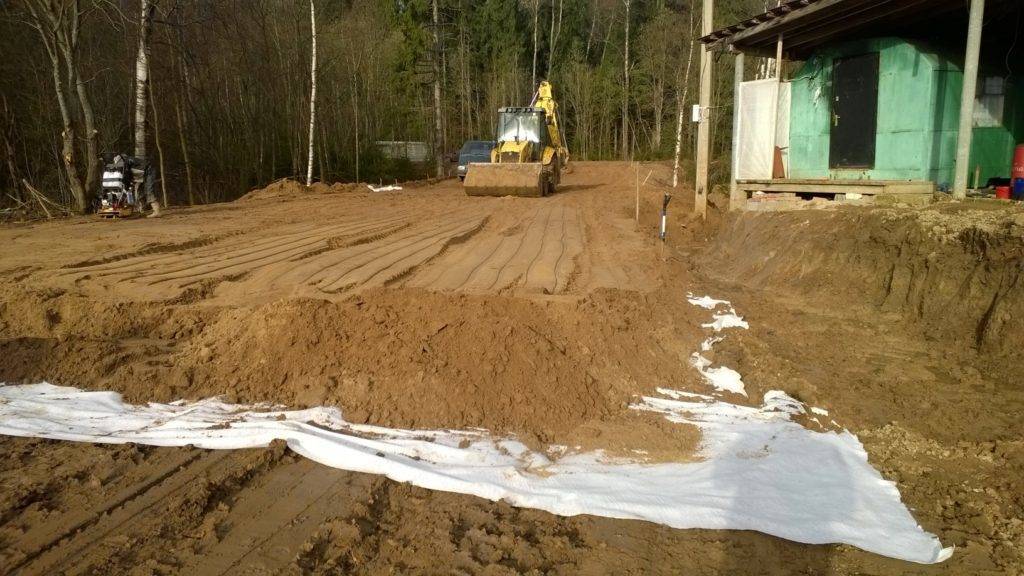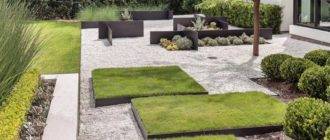So, you became the proud owner of a garden plot. Before you engage in landscaping and develop a landscape design project, you should see if preparatory work is needed, in particular, if there is a need to raise the site.

What is the purpose of raising a land plot
Usually the need for this arises in the following cases:
- Groundwater flows close to the surface of the earth. If you do not take measures, the territory may be swampy, and the upper fertile soil layer is eroded.
- The site is uneven, with hills and depressions. In such an area, it is difficult to build a house and improve the surrounding area. If the site is located on a steep enough hill, terracing of the land can be performed. The vertical sides of the terrace steps are reinforced with stones and pulled together with a mesh. In the future, this feature can be successfully entered into landscape design.
- Your site is located much lower than the neighboring ones. In this case, in rainy weather or in spring, when the snow melts, water will constantly stand on the territory.
Preparation for work
First, we plan the area. To do this, think in advance where and what buildings will be located.
Next, we dismantle the old buildings, if any. It is also necessary to remove roots, stumps, and other debris. Ideally, the cleared and prepared area should sit for several days.
While the site is being defended, we proceed to create a strip foundation. It should run along the entire perimeter of your land. This is necessary so that after the completion of the work, the soil does not slide to the neighbors and the result is preserved.
Then we remove the top fertile soil layer. It can be poured out somewhere nearby for the time being, subsequently it is necessary to return it to its place.
Drainage system construction
The choice of a drainage system depends on how close the groundwater is to the soil surface. Consider two types of drainage.
- Closed - pipes are installed underground. Due to this, the level of groundwater is reduced and the usable area of the site is used to the maximum. Requires complex calculations and a professional approach.
- Open - excess moisture is removed using channels and slopes.
Materials required to raise the site
On a construction site, it is best to use materials such as crushed stone and broken brick. Since a building will be erected here anyway, fertility is not so important. It is better to cover the area that will be occupied with plantings with sand, excavated earth, loam, gravel, or fertile soil if the lifting height is low.
Build an embankment
After the strip foundation has completely solidified along the perimeter of the site, you can start filling. The embankment should be done with a slight slope, optimally - about 3 cm per square meter. Thanks to this, the water will not stagnate on the ground, but will drain into the drainage channels.
The embankment is best done in layers. The bottom layer is sand, the middle layer is gravel (drainage), the top layer is fertile soil removed during the preparation of the site. After the completion of the work, the embankment should undergo shrinkage within 2-3 months, at which time the site is sown with lawn grass and plants with a developed root system are planted.
All work is recommended to be carried out in clear weather, as the soil will erode during the rain.
When the rise of the site is finished, you can start landscaping. Even an area with difficult terrain can be an excellent site for construction and gardening, if you plan and organize the preparatory work correctly.





